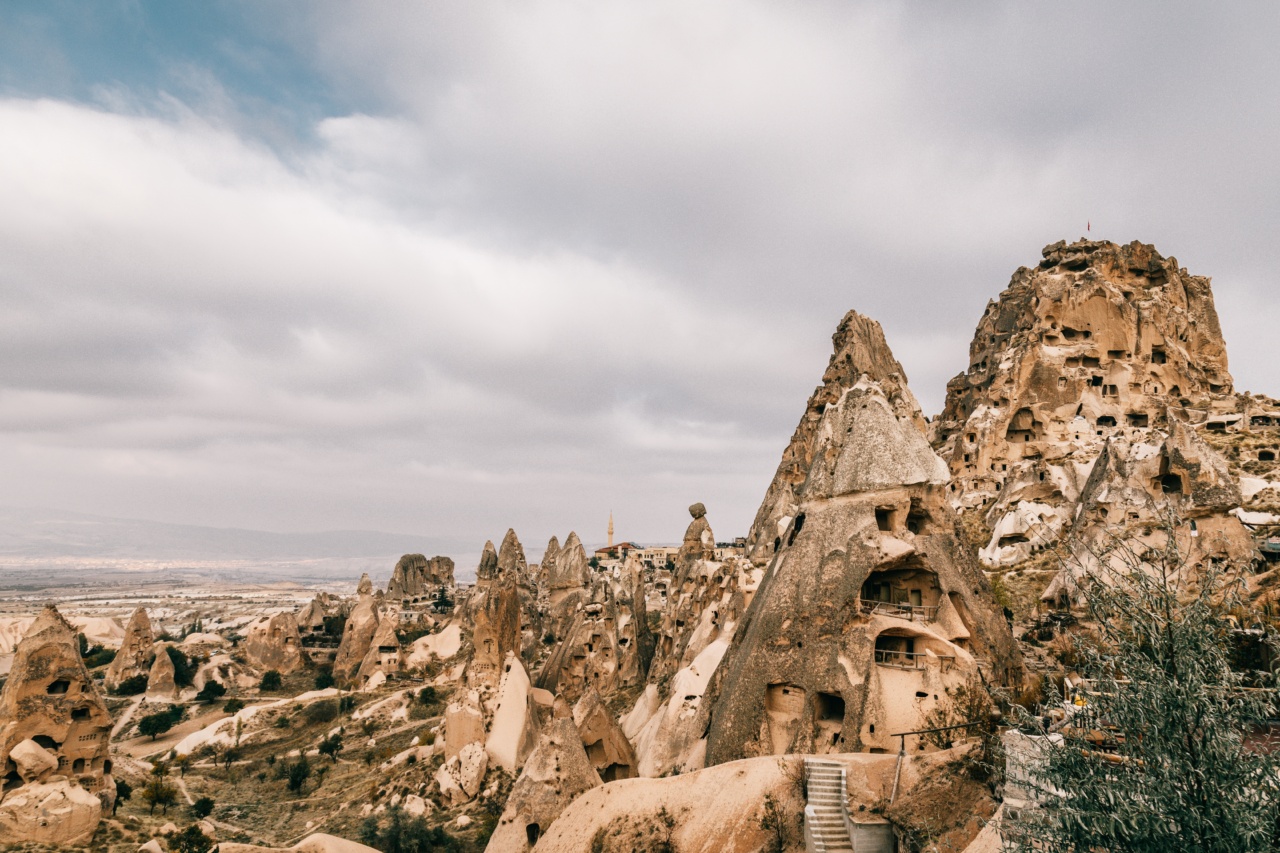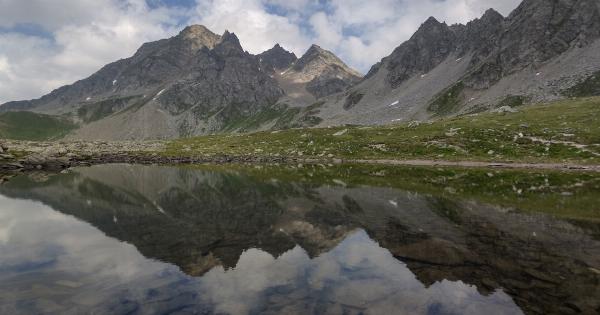The Carpathian Mountains, or the Carpathians, are a mountain range system that stretches over 1,500 km in Central and Eastern Europe.
They run through Czech Republic, Slovakia, Poland, Ukraine, Hungary, Serbia and Romania, and form the second longest mountain range in Europe after the Scandinavian Mountains. The Carpathians are known for their biodiversity, natural beauty, and cultural heritage. They offer a wide array of outdoor activities for visitors, making them a popular tourist destination.
Geography and Geology
The Carpathian Mountains span across a large area and consist of several main chains. The highest peak in the Carpathians is Gerlachovský štít, located in Slovakia, which reaches a height of 2,655 meters.
Other notable peaks include Moldoveanu Peak in Romania (2,544 m) and Rysy in Poland (2,499 m).
The Carpathians are a relatively young mountain range, formed during the Tertiary period. They were created by the collision of the African and European tectonic plates.
The Carpathians consist mainly of granite and other magmatic rocks, with the highest peaks being made of crystalline rocks. The Carpathians also contain significant deposits of minerals such as gold, silver, copper, lead and zinc.
Biodiversity
The Carpathians are home to a wide variety of flora and fauna, thanks to their relatively unspoiled natural environment. The mountains are home to over 10,000 plant species, 80% of which are endemic to the region.
They also host a large number of animal species, including bears, wolves, lynx, wild boars, deer and numerous bird species. The Carpathians are a critically important area for preserving biodiversity in Europe and are protected by several national parks and biosphere reserves.
Cultural Heritage
The Carpathians are rich in cultural heritage, being home to many diverse ethnic groups such as Romanians, Slovaks, Hungarians, Ukrainians, Poles and Serbs.
The mountains have been inhabited for thousands of years, and various cultural influences have shaped the region. There are many interesting historical sites in the Carpathians, including medieval castles, fortified towns and traditional villages.
The wooden churches of Maramureș, in Romania, are a UNESCO World Heritage Site, and are one of the most popular tourist attractions in the region.
Outdoor Activities
The Carpathians offer a wide range of outdoor activities for visitors. Hiking is one of the most popular activities, with numerous trails available for all levels of difficulty.
The Carpathian Mountains are also famous for winter sports, with many ski resorts located in the region. Other activities include climbing, mountain biking, horseback riding, fishing, and hunting. The Carpathians are also a popular destination for eco-tourism, with many opportunities for bird watching, nature walks and wildlife observation.
The Carpathians as Tourist Destination
The Carpathians are an increasingly popular tourist destination, attracting visitors from all over the world. The mountains offer a unique combination of natural beauty, cultural heritage, biodiversity, and outdoor activities.
The Carpathians are also a relatively affordable destination, making them popular among budget-conscious travelers. However, the increasing number of visitors has put pressure on the fragile environment of the Carpathians, and there is a need for sustainable tourism practices to be established.
Conclusion
The Carpathian Mountains are a fascinating region of Europe, with a rich history, natural wonders, and unique culture. They offer a wide range of outdoor activities for visitors, from hiking and skiing to bird watching and wildlife observation.
The Carpathians are a critically important area for preserving biodiversity in Europe, and they need to be protected for future generations. If you are looking for an unspoiled natural destination with plenty of adventure opportunities, the Carpathians are certainly worth considering.































